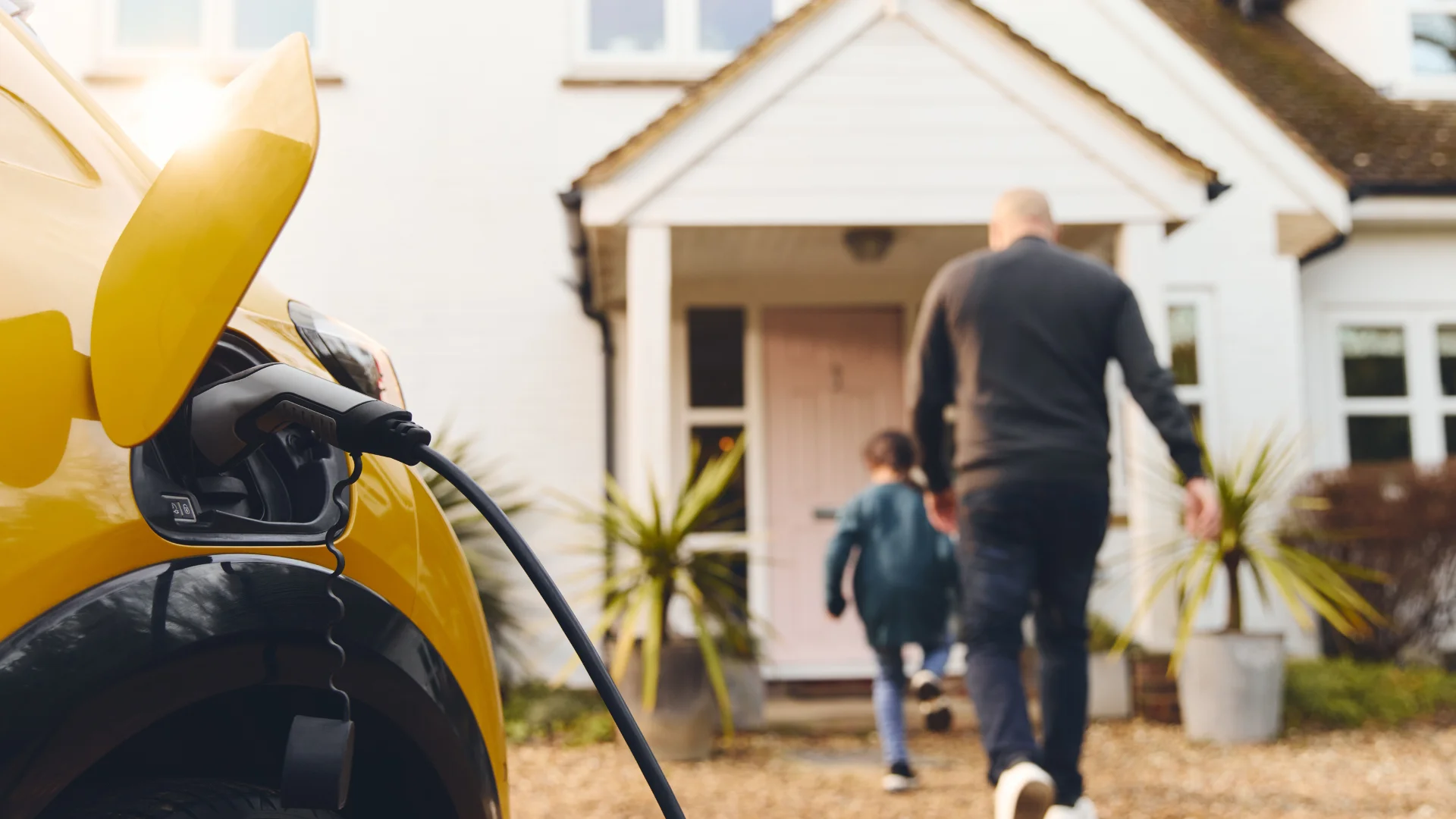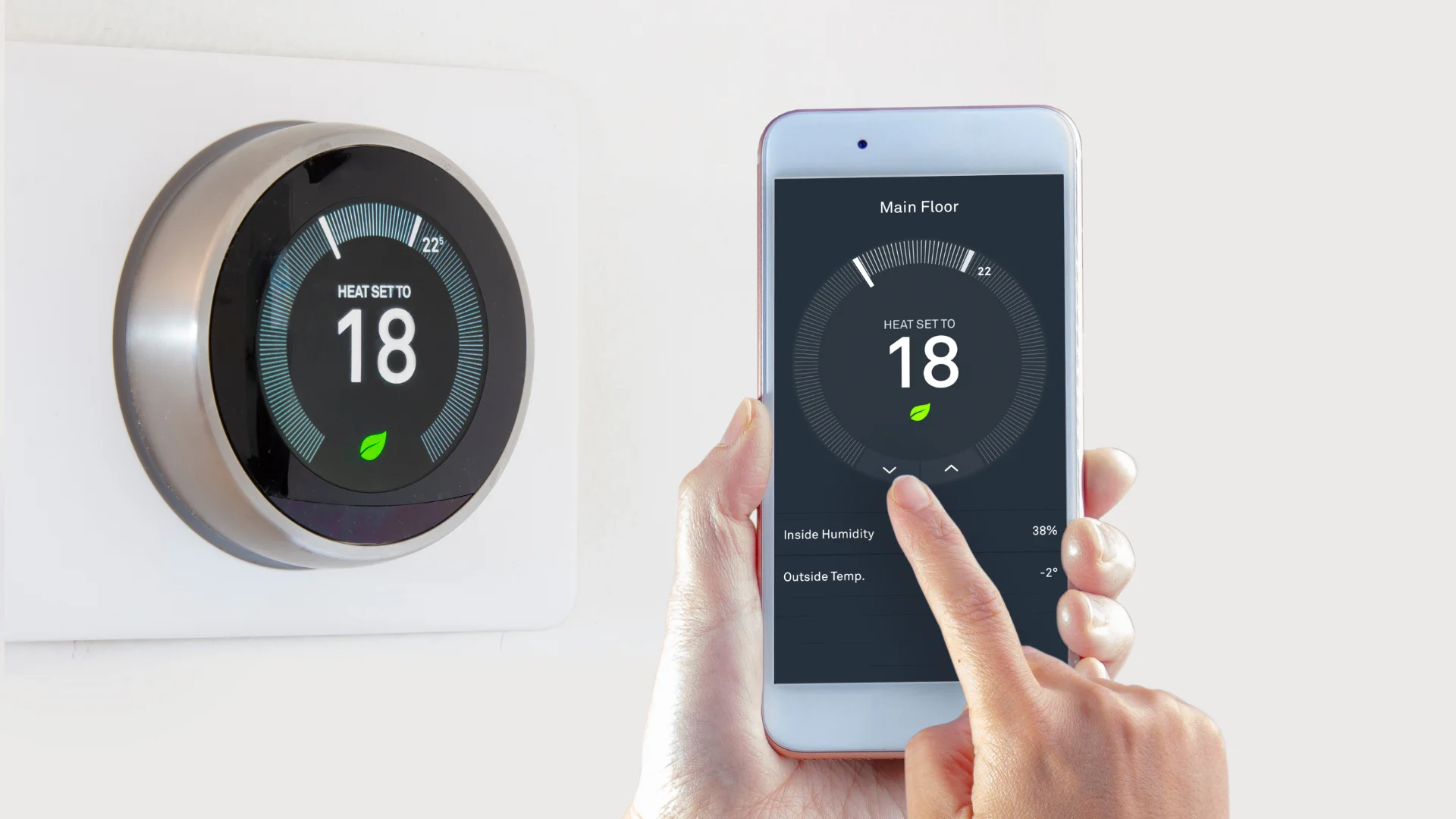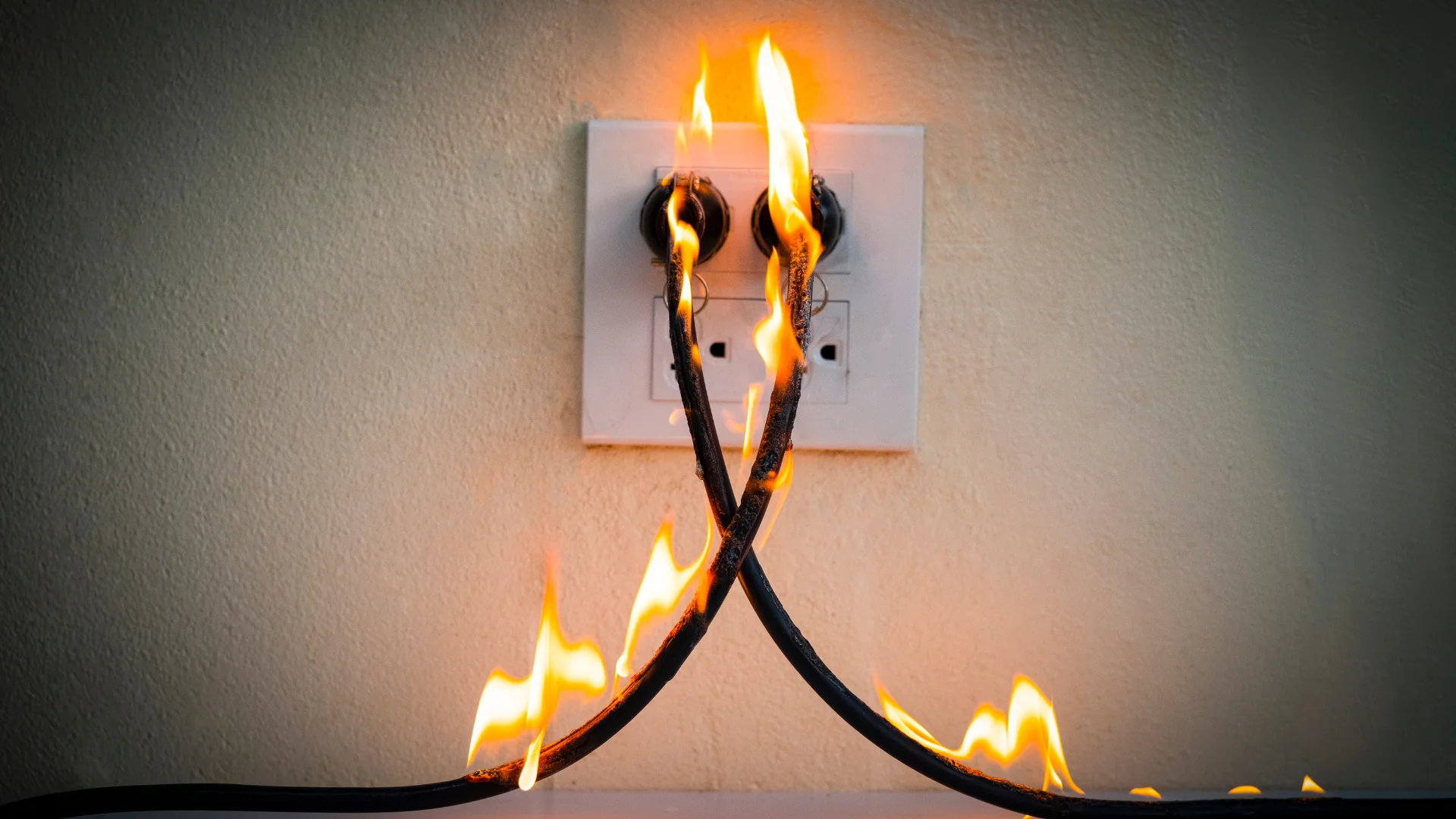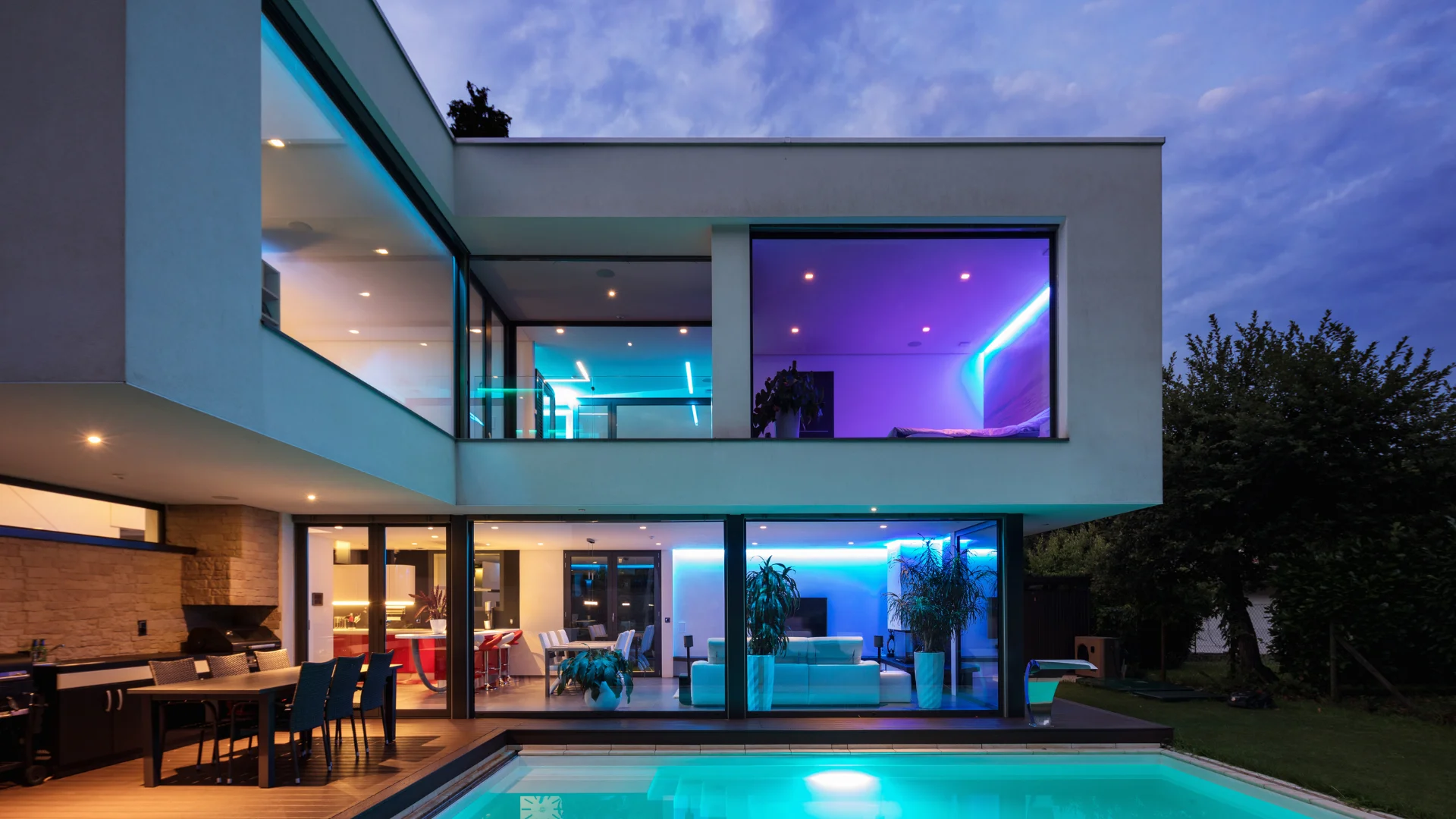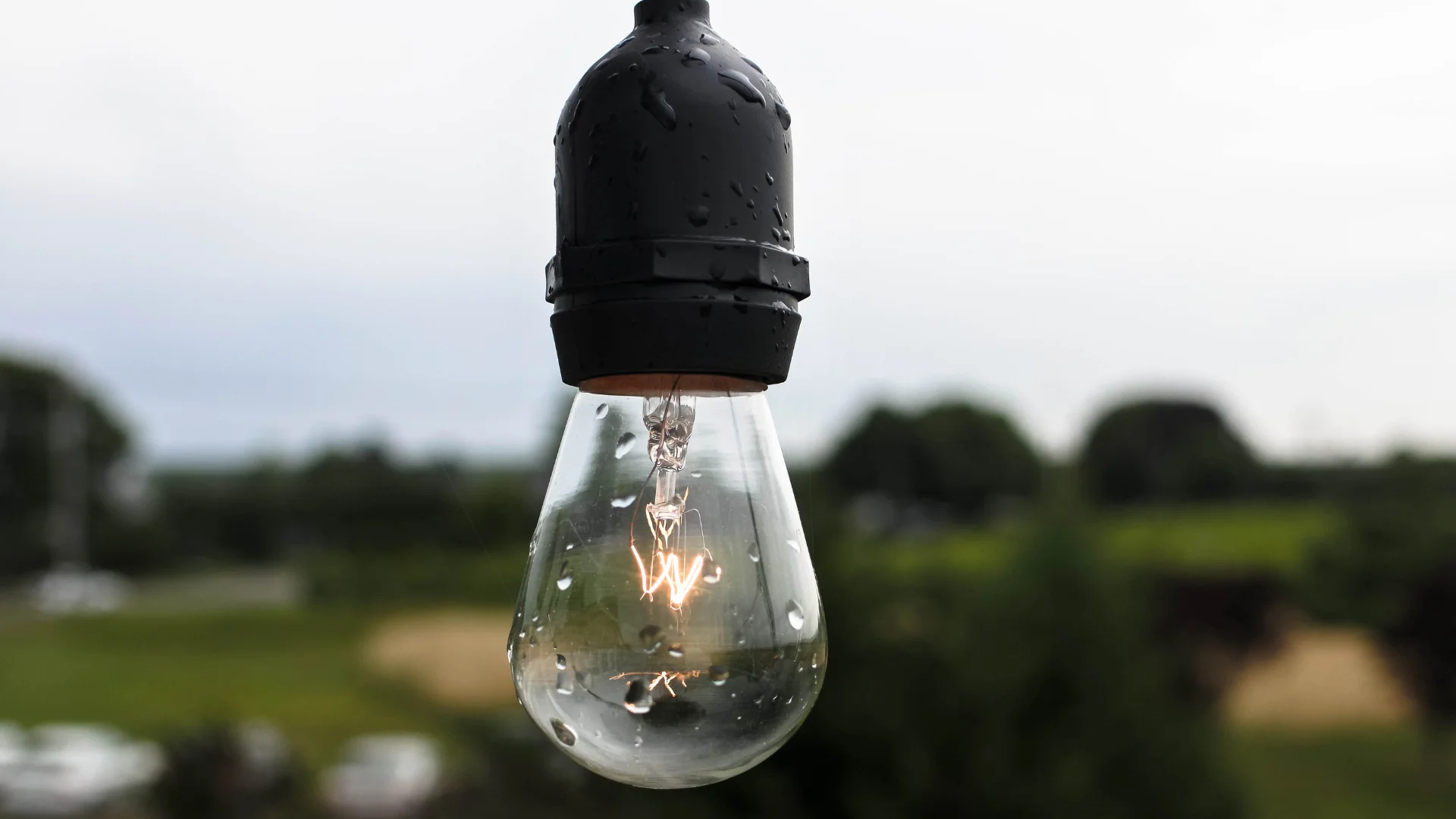The electrical industry is rapidly evolving, driven by advancements in technology and a growing emphasis on sustainability and energy efficiency. This article explores the top trends in electrical design, architecture, home improvement, DIY projects, and aesthetics, providing insights into how these innovations are shaping modern living spaces.
1. Electrical Design Trends
a. Smart Home Automation Smart home automation continues to dominate electrical design trends. Modern homebuyers and homeowners are increasingly seeking integrated systems that allow them to control lighting, heating, security, and other electrical systems using smartphones and voice commands. These systems not only offer unmatched convenience but also enhance energy efficiency and security (Herzog Electric) (Southern Electrical).
b. Advanced Lighting Systems Human-centric lighting, which adjusts to circadian rhythms, is gaining popularity. LED lighting remains a top choice due to its energy efficiency and longevity. Customizable lighting solutions that enhance productivity and comfort are particularly appealing in both residential and commercial settings (Herzog Electric).
c. Renewable Energy Integration The integration of renewable energy sources such as solar panels is becoming standard practice. Homes equipped with renewable energy solutions are attractive to environmentally conscious buyers, offering long-term savings on energy costs and reducing carbon footprints (Herzog Electric) (Southern Electrical).
d. Energy Storage Solutions Energy storage systems, such as home batteries, are essential for managing the intermittency of renewable energy sources. These systems provide reliable backup power during outages and enable homeowners to store excess energy generated during peak times for later use (Herzog Electric).
e. Smart Electrical Panels Smart electrical panels are revolutionizing home energy management by offering real-time monitoring and control of power consumption. These panels optimize energy use from various sources, including solar and battery storage, ensuring efficient and sustainable power management (Qmerit).
2. Electrical Architecture Trends
a. Modular and Scalable Designs Flexibility in electrical design is crucial for accommodating future technological advancements and changing needs. Modular and scalable electrical systems allow for easy upgrades and expansions, ensuring homes and commercial buildings can adapt to new requirements without extensive rewiring (Herzog Electric).
b. Electric Vehicle (EV) Infrastructure With the rise of electric vehicles, the installation of EV charging stations is becoming a standard feature in modern homes and commercial properties. This infrastructure supports sustainable transportation and positions properties as forward-thinking and environmentally friendly (Herzog Electric) (Qmerit).
c. Digital Twin Technology Digital twin technology, which involves creating a digital replica of a building’s electrical infrastructure, is gaining traction. This technology enables real-time monitoring, predictive maintenance, and efficient problem resolution, enhancing the overall management of electrical systems (Herzog Electric).
3. Electrical Home Improvement Trends
a. Smart Security Systems Advanced security systems, including smart locks, security cameras, and alarm systems, are highly sought after. These systems provide enhanced safety and can be monitored and controlled remotely, offering peace of mind to homeowners (Southern Electrical).
b. Home Office Electrical Design The increase in remote work has led to a demand for well-equipped home office spaces. These spaces require ample outlets, robust lighting solutions, and stable internet connections to facilitate productivity and comfort (Southern Electrical).
c. USB Outlets The integration of USB outlets in homes eliminates the need for bulky adapters and provides a convenient solution for charging multiple devices. This trend aligns with the growing number of USB-powered gadgets in modern households (Southern Electrical).
4. DIY Electrical Projects
a. Installing Smart Thermostats Smart thermostats like Nest optimize heating and cooling, reducing energy usage and costs. This project is relatively straightforward and offers significant long-term savings (HomeLight).
b. Upgrading to LED Lighting Switching to LED lighting throughout the home can dramatically reduce energy consumption and costs. LED bulbs are more efficient and have a longer lifespan than traditional incandescent bulbs (HomeLight).
c. Setting Up Home Security Systems DIY home security systems, including video doorbells and smart locks, enhance home safety. These systems are easy to install and can be customized to meet specific security needs (HomeLight).
d. Installing Energy Monitoring Systems Energy monitoring systems provide real-time feedback on energy consumption, helping homeowners manage and reduce their energy use. These systems can be integrated into smart home setups for comprehensive energy management (Southern Electrical).
5. Electrical Aesthetics
a. Customizable LED Lighting Customizable LED lighting solutions allow homeowners to create unique lighting effects that enhance the aesthetic appeal of their spaces. These systems can be programmed to change colors and intensities, offering versatility in home design (Southern Electrical).
b. Integrated Renewable Energy Solutions Solar panels and other renewable energy solutions are not only functional but also add to the aesthetic value of a home. Modern designs ensure that these installations blend seamlessly with the overall architecture of the property (Southern Electrical).
c. Minimalist Electrical Fixtures Sleek, minimalist electrical fixtures are trending in modern home design. These fixtures provide a clean and contemporary look while incorporating advanced technology for improved functionality (Southern Electrical).
Conclusion
The trends in electrical design, architecture, home improvement, DIY projects, and aesthetics for 2024 reflect a growing emphasis on sustainability, energy efficiency, and smart technology. By incorporating these trends, homeowners and builders can create spaces that are not only functional and efficient but also aesthetically pleasing and future-ready. Understanding and embracing these trends will ensure that homes and commercial properties remain at the forefront of innovation and meet the evolving needs of modern living.
For more detailed information and guidance on implementing these trends, consider visiting:

